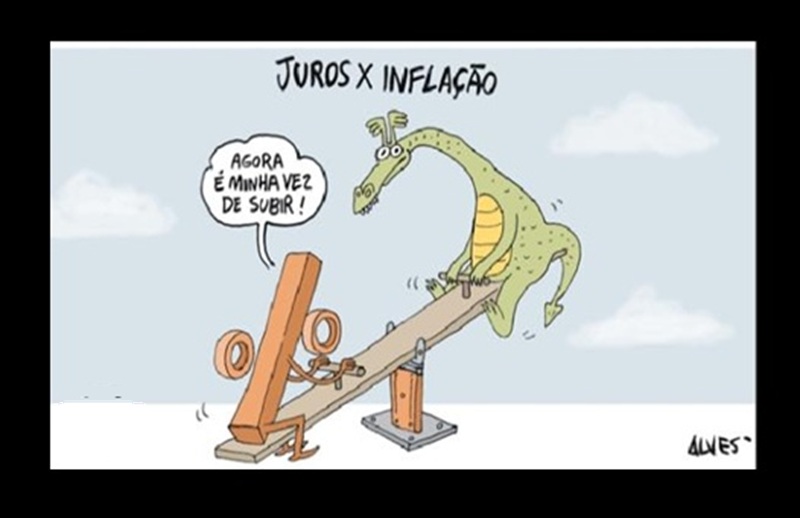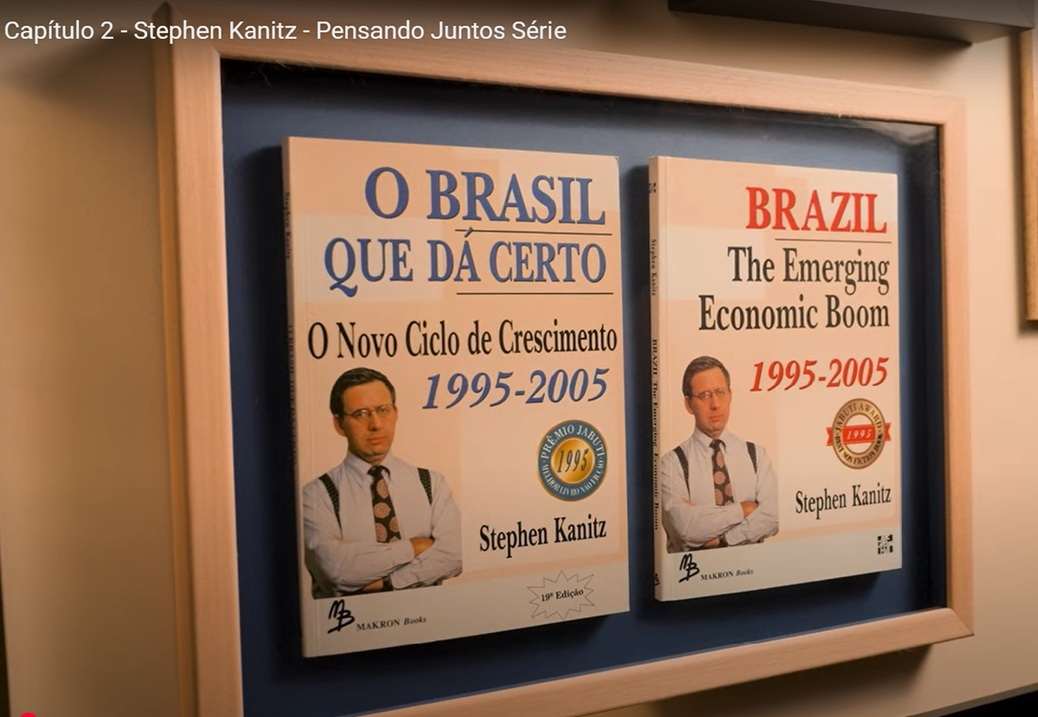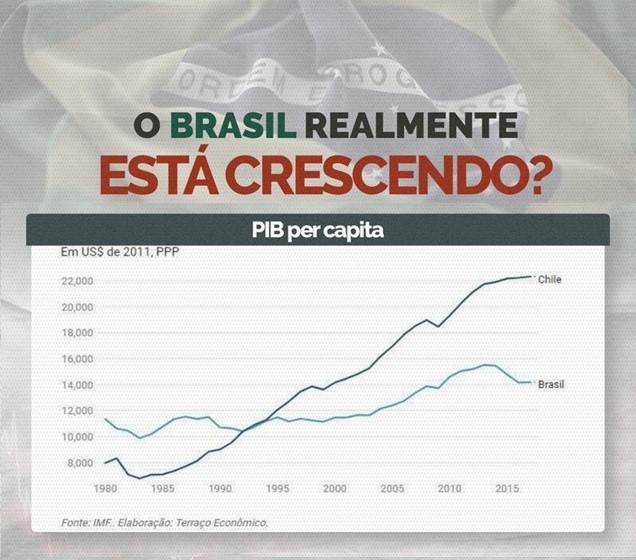Introduction
In the ever-evolving landscape of the modern world, our ability to navigate the complexity of new situations is becoming increasingly crucial.
Traditionally, we have relied on knowledge, the accumulation of information and understanding based on past experiences, to guide our decisions.
Especially scientific knowledge has been created by pioneers, and then stored and taught for ever in Universities.
Universities are often viewed as repositories of knowledge, where wisdom from past generations is preserved, studied, and passed on to the next generation.
They are spaces for intellectual exploration and discovery, where students are guided by experts in their field to gain a deep understanding of existing knowledge.
Additionally, universities play a crucial role in creating new knowledge through research. Professors, researchers, and students contribute to their fields by conducting studies, performing experiments, and producing scholarly work that pushes the boundaries of what is known.
In essence, the traditional definition of universities centers around the preservation, transmission, and creation of knowledge. This involves both teaching students what is already known and facilitating the discovery of new knowledge.
But this paradigm is flawed or at dysfunctional in the modern world so I propose a new concept, that of Nowledge, Knowledge without the K.
For two years I struggled with about 200 case studies at the Harvard Business School MBA, 50 years ago.
Every business case was a description of a situation, from 30 to 50 variables were presented, cash flow, number of employees, competitors, interest rates etc, and we had to find the problem and a possible solution.
The case method as this form of teaching is named, was a paradigm shift for me, used to tackle 2 variables at a time, such as supply and demand, unemployment and interest rates, studied profusely in Economics.
The Phillips Curve is an economic concept developed by A.W. Phillips stating that inflation and unemployment have a stable and inverse relationship.
Two variables are being proposed, the 48 remaining are considered fixed for the study of the problem.
“Ceteris paribus” is a Latin phrase that translates to “all other things being equal.”
It’s a concept widely used in economics to simplify the analysis of the relationship between different variables.
By assuming that all factors remain constant (ceteris paribus), economists can isolate and examine the effect of changing a single variable without worrying about the potential effects of changes in other variables.
Now you know why Economics has failed miserably in the modern world. In Adam Smiths most variables remained fixed for a pretty long time.
However, real-world economies are highly complex and interconnected, with many variables changing simultaneously.
So while “ceteris paribus” is a useful tool for developing theoretical models and understanding basic economic principles, its assumptions don’t often hold in the real world.
Economists still use this simplification because It allows for simpler modeling and clearer explanations of economic phenomena, even though it’s understood that the simplified models may not fully capture real-world complexity. Hence, it indeed makes sense as a theoretical construct, though with the caveat of its limitations.
According to the Phillips Curve, when unemployment is high, wages increase at a slower rate, leading to lower inflation.
Conversely, when unemployment is low, wages increase faster, which can lead to higher inflation.
The curve is typically depicted with inflation on the y-axis and unemployment on the x-axis. The downward slope of the curve indicates the inverse relationship between the two variables.
However, this theory has been challenged in recent decades, particularly during the 1970s when many countries experienced “stagflation” – a situation of high inflation and high unemployment, contrary to what the Phillips Curve would predict.
Since then, economists have developed more nuanced views of the relationship between inflation and unemployment, often incorporating expectations and other factors into their models.
The first thing we learned with the Case Method, that looking up past literature or “economic models” would be useless.
No past science has ever dealt with 50 variables at the same time, as most managers today have to deal with.
For the first time in our lives we could not rely on books. Even if 50 variables sciences existed, never would the same set of individual values would ever replicate again, so no “science” can be effectively stored.
Only the thinking process could be stored, not the “science”.
Retaining the Science, in this case the Phillips Curve for now 50 years is the problem we’re are facing today. There are 49 other variables involved.
The concept of Nowledge os a term coined to represent the creation and immediate discarding of information tailored to unique situations.
Discarding is the key word. Students should be taught that history never repeats itself, that every problem starts a new.
The Value of Past Knowledge
Knowledge, acquired over time, has been the foundation for understanding our world and its complexities up to know.
This accumulated wisdom was supposed to allows us to make informed decisions, predict outcomes, and understand the consequences of our actions.
It is the bedrock on which civilizations have been built and progressed.
However, relying solely on past knowledge could limit our ability to adapt to new and unique situations. If at all.
The Emergence of Nowledge
Nowledge represents a shift from the traditional understanding of knowledge.
This concept is about the generation of information for a specific problem at hand, only to discard it immediately after use.
In an era of unprecedented change Nowledge offers a way to swiftly adapt to evolving situations.
It emphasizes the value of present-moment problem-solving over the application of past experiences.
For 2 years we learned to juggle 50 variables at a time, something none of use were prepared to do with our bachelors degree.
Just the idea that there may be up to 50 variables in a given problem was new to us.
The idea that every problem may involve let us assume 5 interest groups, each with their 10 variables to consider was novel to us.
In the 1980 the underveloped countries around the world all defaulted on what became “the global debt problem”.
The economic verdict at the time was that the American Banks and Bankers were to blame, and that their interest rates were the problem.
No one thought that Standard & Poors, Auditors, the Fed, the IRS, American Pension Funds, Bankers Laywers, Banks Depositors, had special interests involved.
Or that the use of nominal interest rates as a variable and not real interest rates could be the problem.
Blockbuster, the movie rental company, is a prime example of an over-reliance on past knowledge.
Even as the world was moving towards digital streaming, Blockbuster clung to its brick-and-mortar video rental business model.
Their reliance on past knowledge and lack of adaptation led to their eventual downfall.
Nowledge’ Example: On the other hand, Uber and Lyft exemplify ‘nowledge’.
They didn’t apply the traditional knowledge of taxi service operations; instead, they created a new solution for a modern problem: making use of idle personal vehicles for public transportation, managed through a digital platform.
The Case Method
Basically the Case Method does not use science and the term we know it to find solutions.
Not once did we rush to Bakers Library to research books that offered at least partial solution to that Case.
“Everything in the world is new”. We learned to use the scientific method and not past science.
Who are the players, who will be against, who will be neutral, who can be neutralised given the appropriate incentive.
What are the variables that each player uses for their own decision making? What are their decision making rules? Are there divisions in the players involved.
I subsequently worked for the Brazilian government negotiated our Debt Problem, proposing a real interest rate debt structure, predefined, that attracted over funded US Pension Funds.
A totally different strategy from other countries that saw banks as the culprit, demanding lower nominal interest rates.
We were proposing a win win solutions, which the US Treasury ended adopting for himself, the TIPS.
Treasury Inflation-Protected Securities (TIPS) are a type of U.S. Treasury bond designed to help investors protect against inflation.
Introduced in the U.S. in 1997, TIPS are backed by the U.S. government, making them a very low-risk investment, ideal for over funded Pension Funds.
The principal value of TIPS adjusts with inflation as measured by the Consumer Price Index (CPI). When inflation rises, the principal amount of TIPS increases. If there’s deflation, the principal decreases.
At maturity, investors are paid the adjusted principal or real and not deflated principal.
This provides assurance that investors will not lose their initial investment even in a deflationary environment.
TIPS can be a valuable part of a diversified investment portfolio, especially for those who are concerned about the risk of inflation eroding the value of their investments.
Another catch in the Case Method, is that Harvard Business School did not supply all of 50 variables. Just as in the real world.
The Limitations of Knowledge and ‘Nowledge
While ‘nowledge’ promotes adaptability, an over-reliance on it might risk devaluing the wealth of insights available from past knowledge. Conversely, clinging too tightly to past knowledge can stifle innovation and inhibit the flexibility needed in the face of new challenges. Therefore, it’s important to strike a balance between the two.
Striking a Balance
A more nuanced approach would involve retaining past knowledge as a foundation while fostering the generation of ‘nowledge’ for novel situations. This would combine the strengths of both approaches: the depth of understanding provided by knowledge and the adaptive problem-solving capacity of ‘nowledge’. This balance would promote innovation without completely detaching from past wisdom.
**Conclusion**
As we navigate an ever-changing world, the harmonious interplay between traditional knowledge and the innovative concept of ‘nowledge’ could equip us with a more adaptable problem-solving toolset. By recognizing the value in both, we can build a more resilient approach to meeting future challenges. This balanced approach allows us to lean on the wisdom of the past while remaining adaptable to the present, leading us towards a more prepared and versatile future.
In both these realms, you can see the value of a balanced approach—leveraging past knowledge when useful but being ready to generate ‘nowledge’ to adapt to unique situations.
Your idea appears to touch on several established concepts from different fields, even though the term “nowledge” is unique to your invention. Here are a few areas and associated literature that could be seen as precursors or related to your idea:
1. Knowledge Management: This field studies how organizations create, use, and manage knowledge. While the emphasis tends to be on retaining and reusing knowledge, there’s an understanding that not all knowledge is equally useful in all situations. Notable work in this field includes “Working Knowledge” by Thomas Davenport and Laurence Prusak.
2. Agile Methodologies: Originating in software development but now applied in many fields, agile methodologies value responding to change over following a plan, which aligns with your concept of ‘nowledge’. You might find the original “Agile Manifesto” and related literature interesting.
3. Just-in-Time Learning: This is an educational philosophy that focuses on learning on an as-needed basis. It contrasts with traditional education, which attempts to teach a broad base of knowledge in advance of its use. Marc Rosenberg’s “Beyond E-Learning: Approaches and Technologies to Enhance Organizational Knowledge, Learning, and Performance” discusses this.
4. Complexity Science. Complexity science studies how relationships between parts give rise to the collective behaviors of a system and how the system interacts and forms relationships with its environment. Concepts like emergence, adaptation, and systems thinking could be relevant to your idea. Melanie Mitchell’s “Complexity: A Guided Tour” is a comprehensive introduction.
5. Design Thinking
This approach to problem-solving values empathy, experimentation, and iteration, which can involve creating and then discarding many possible solutions to a problem. Tim Brown’s “Change by Design: How Design Thinking Transforms Organizations and Inspires Innovation” provides a thorough exploration.
While none of these works directly espouse your concept of ‘nowledge’, they all touch on related ideas of adaptability, the temporary utility of certain knowledge, and the need to respond to ever-changing circumstances.










Respostas de 7
“Conversely, when unemployment is low, wages increase faster, which can lead to higher inflation.” This seems to be not true in Japan along decades. You can check at:
https://tradingeconomics.com/japan/interest-rate
https://tradingeconomics.com/japan/unemployment-rate
https://tradingeconomics.com/japan/wages
https://tradingeconomics.com/japan/inflation-cpi
Isn’t it our same original mistake? To value knowledge over wisdom. Even an AI is better than us at this. It does not pretend to know anything and just uses what has been given it. 7500 years and we have not learned the lesson, unlikely we will get it now
What a surprise, your idea is pure Marx and Engels method. Ceteris Paribus was the base o Hegel method. Marx was Hegel student and belonged to the Hegelians, a group of Hegel students. This Hegel method is called Metaphysics.
Marx and Engels didn’t accepted Metaphysics in economics and proposed Dialetica. They assume that all variables are interconected.
I sugest a reading of Das Kapital and Manifest, maybe you can catch new ideas for your method.
We are talking about method, not politics ou even political regimes.
Then why Marxists have not realised that those 50 variables u=in 1984 have changed ?
Parabéns mestre por está aula, já estava com saudades de seus artigos.
Em agradecimento deixo meu comentário resumido para está reflexão grandiosa.
Eu acredito no evolucionismo, dos seres animados e inanimados, dos mundos, das teorias, das práticas, das administrações etc. Mas é imprescindível uma base para qualquer evolução, pois não existe geração espontânea. A base para qualquer empreendimento no campo econômico é a receita tem que ser maior que a despesa.
A partir daí inicia se a administração das variáveis, que são efeitos e não causa.
Parece que estão acordando para a realidade do fazer acontecer. Quem lida no dia a dia e não se perde em teorias sabe pirque as teorias na prática não funcionam. Afinal, lidar com 2 variáveis apenas não funciona faz tempo. Obviamente analisar o conjunto de informações que levam à inovação e continuidade leva a oportunidades criativas. Isto é Vida. Sonia von Homrich
Excelente reflexão, como sempre. Esse tema de reflexão sobre poucas variáveis tem sido um alerta seu nos últimos anos. Mas quem trabalha somente com 2 não percebe…